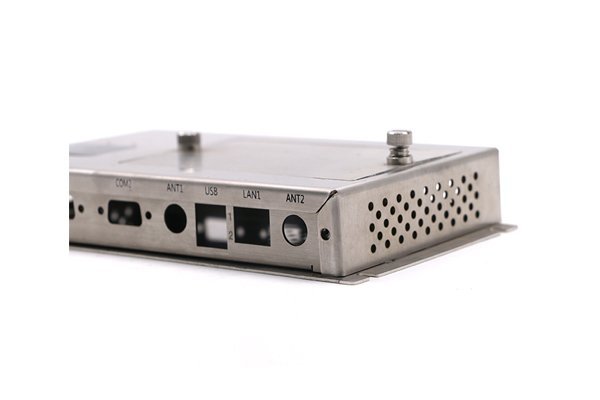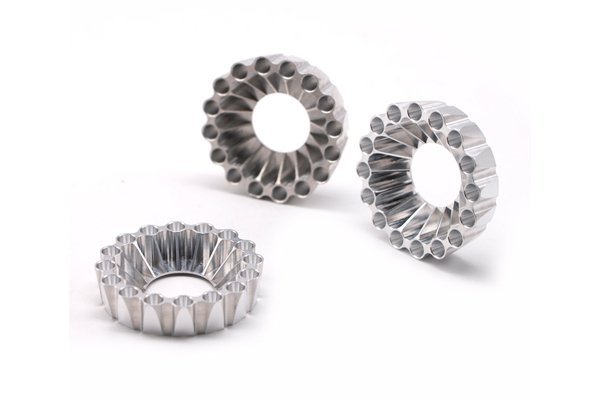Did you know that nearly 70% of manufacturing companies report that they frequently encounter inefficiencies due to inadequate test and verification processes? This staggering statistic underscores the importance of rigorous testing and verification in customized product machining. You might wonder how these processes can significantly impact machining efficiency, especially in a landscape where precision and quality define success.
In this blog post, we will explore the critical relationship between the test and verification cycle of customized products and its effect on machining efficiency. The discussion will encompass a thorough understanding of what these cycles entail, the common challenges faced in CNC machining, and actionable strategies to enhance machining efficiency through optimized testing and verification processes. Let’s delve right in!
Understanding the Test and Verification Cycle
What is the Test and Verification Cycle?
The test and verification cycle is a systematic process aimed at ensuring that a product meets specified requirements and standards before it enters the production phase. In the context of customized products, this cycle can include several steps such as:
Why is This Cycle Important?
The test and verification cycle is vital for any manufacturing process, particularly in CNC machining for customized products. It serves several critical functions:
Impact of the Cycle on Machining Efficiency
One of the most significant advantages of a thorough test and verification cycle is the reduction of rework and scrap in CNC machining. When prototypes are carefully tested and verified, manufacturers can identify flaws early in the design phase, significantly lowering the likelihood of producing defective items during mass production. This not only saves material costs but also conserves time, allowing for the efficient allocation of resources.
CNC machining relies heavily on precision. The test and verification cycle ensures that the designs and specifications are adhered to meticulously. This process involves:
A well-structured test and verification cycle can lead to a more streamlined production process. This happens through:

Challenges in the Test and Verification Cycle
Despite the clear benefits, several challenges can impede this cycle’s effectiveness:
Without a standardized approach to testing, variation in results can occur, leading to confusion and inconsistencies. Manufacturers need to develop clearly defined processes that can be universally applied across different projects and products.
Implementing a robust test and verification cycle requires significant human and material resources. Smaller organizations may struggle to allocate adequate resources to these stages, which could undermine efficiency.
As technology evolves, integrating new testing tools and methodologies can be daunting for manufacturers. To ensure continued efficiency, companies must stay updated with the latest technological advancements and adapt their testing processes accordingly.
Strategies for Optimizing the Test and Verification Cycle
Developing a comprehensive testing protocol that covers all aspects of the production process can significantly enhance the efficiency of the test and verification cycle. Key elements include:
Embracing advanced technologies can streamline the testing and verification process. Consider using:
Implementing an agile approach can enhance the flexibility and adaptability of the testing and verification cycle. Agile practices allow for frequent reassessments and adjustments based on real-time feedback, promoting continuous improvement.
Encouraging open lines of communication between departments ensures that everyone involved in the process is aligned on the objectives and benchmarks. Regular meetings and collaborative tools can facilitate this exchange of information.
In conclusion, the test and verification cycle of customized products is pivotal in determining machining efficiency. By investing time and resources into rigorous testing practices, manufacturers can drastically reduce rework, enhance quality, and streamline production processes.
The insights shared in this blog highlight essential techniques in establishing a detailed and effective test and verification cycle. An organization that prioritizes these practices will not only improve its operational efficiency but will also build a reputation for quality, reliability, and customer satisfaction in a competitive market.
Reflecting on the information presented, we encourage you to consider the implications of your testing and verification processes in your machining endeavors. Remember, optimizing these cycles is not just about maintaining efficiency—it’s about shaping the future of your manufacturing excellence and driving sustainable growth in your industry.






